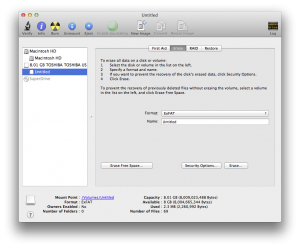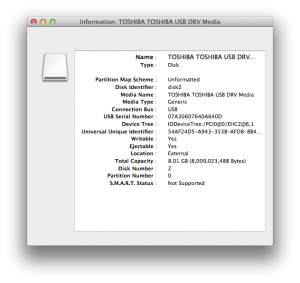I love my Logitech VX Nano mouse for it’s size, weight, battery life, tracking, and scrolling. I wanted to unobtrusively add a number pad into my computing setup, but figured I’d only use it occasionally. I’d decided to “upgrade” to a Logitech Anywhere MX and a Logitech N305 since I could use them with a single Unifying Receiver. The only problem is I’m trying to use these with a Mac…
The Logitech Anywhere MX works great. I love the convenience of the on/off slider and tracking on glass is neat, but the extra weight and reduced battery life make it about equal to the VX Nano in my opinion.
I ran into a number of problems with the Logitech N305. The product page says it only works with Windows, but I figured “Hey it’s a keyboard, of course it will work.” Well, I was wrong. Logitech Control Center for Mac doesn’t know about the N305. Ok, I pulled my Unifying Receiver, plugged it into a Windows 7 box with Logitech Control Center, and paired my N305 with the receiver. With the receiver back in my Mac, it was time to see if there was any key mapping issues. Everything looked good typing a bit in TextWrangler, and everything look good. Then I tried to do some accounting in Excel and that’s when the problems started.
For some reason the N305 seems to send a backspace after a pause in typing. If I typed “1”, a “1” would appear and then disappear. If I typed “12”, I would get “12” and then “1”. Typing “12“, would get “12” and I would be editing the next cell. I avoided using the number pad with Excel for a while, but that’s the primary use for a number pad, so I broke down and installed KeyRemap. To install, I had to change my installer permissions. You do have to restart after installing KeyRemap.
Once I restarted, getting everything working was as easy as clicking the new square, key icon in my menu bar, selecting “Open KeyRemap4MacBook Preferences…”, searching for “N305” and checking the “Logitech N305 hack”. Now everything works as expected on my N305 numberpad.

